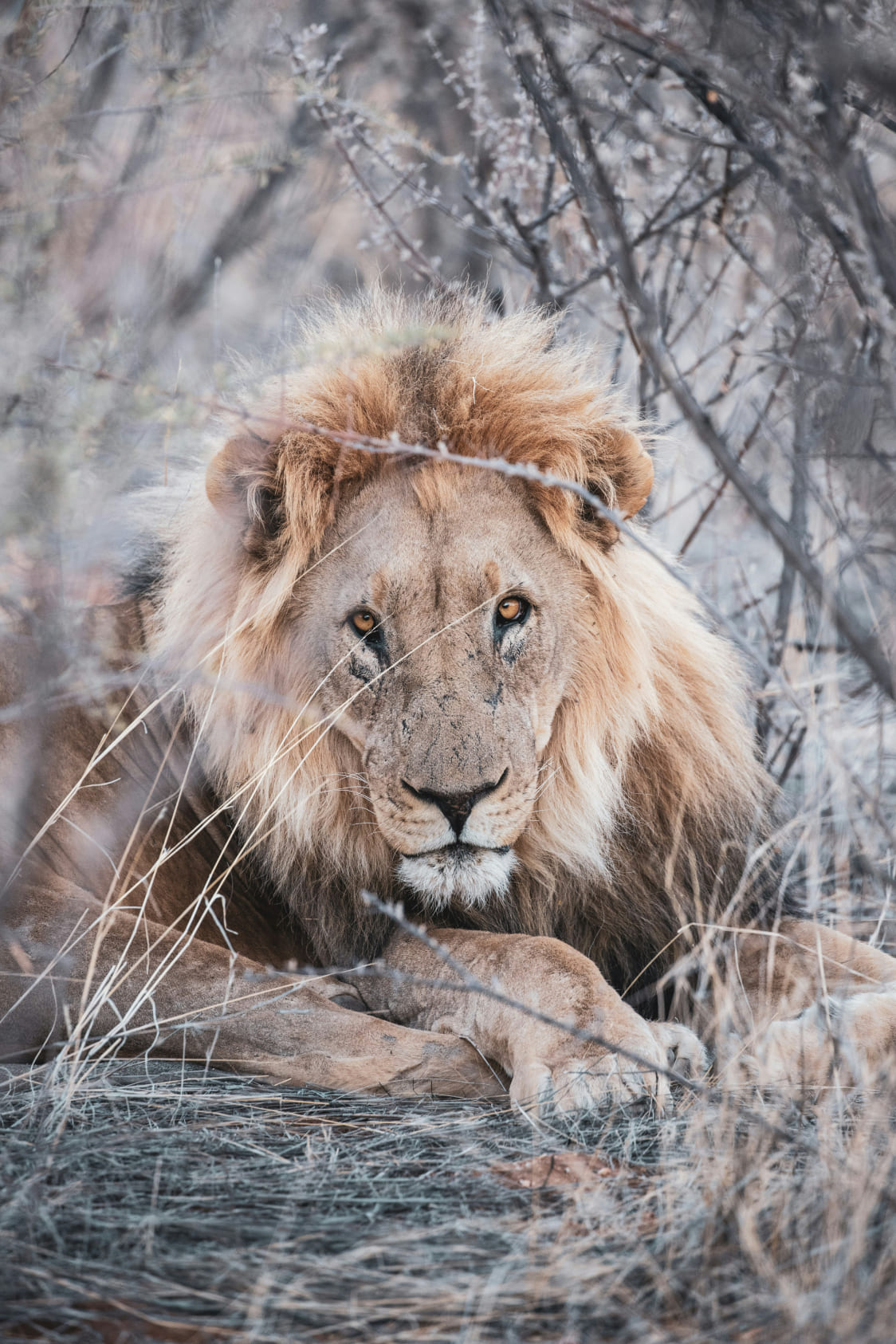The Lion: Power and Majesty of the African Plains
Lions, often called “the kings of the jungle,” are powerful and social animals that dominate the African savannas. Known for their majestic appearance and fierce pride structure, lions symbolize strength, courage, and leadership across cultures.
Life Within the Pride
Lions are unique among big cats because they live in social groups called prides, which consist of several lionesses, their cubs, and one or two male lions. Each lioness in the pride is related, creating a close family bond. The pride structure allows lions to cooperate in hunting and caring for their young. Lionesses work together to hunt large prey, such as zebras and buffalo, using strategic ambush techniques. The male lions protect the pride’s territory from rival males and other predators, often engaging in fierce battles to secure their leadership.
Symbol of Power and Resilience
The male lion’s iconic mane and loud roar are symbols of dominance and intimidation, serving to warn off intruders. However, lions are not just fierce predators; they are also caring family members. Lionesses are known for their patience with their cubs, teaching them to hunt and fend for themselves. Male lions, while primarily protectors, will sometimes play with and groom the cubs, showcasing a gentler side of their nature.
Conservation and the Fight Against Extinction
Lions face numerous threats in the wild, including habitat loss, conflicts with humans, and illegal poaching. With their numbers declining, lions are now classified as vulnerable. Conservationists are working to protect lion habitats and promote coexistence with local communities. Zoos contribute by educating the public about lions, supporting breeding programs, and raising awareness about the importance of conservation efforts. Protecting lions is crucial, not only for their species but also for the health of the ecosystems they help balance.
